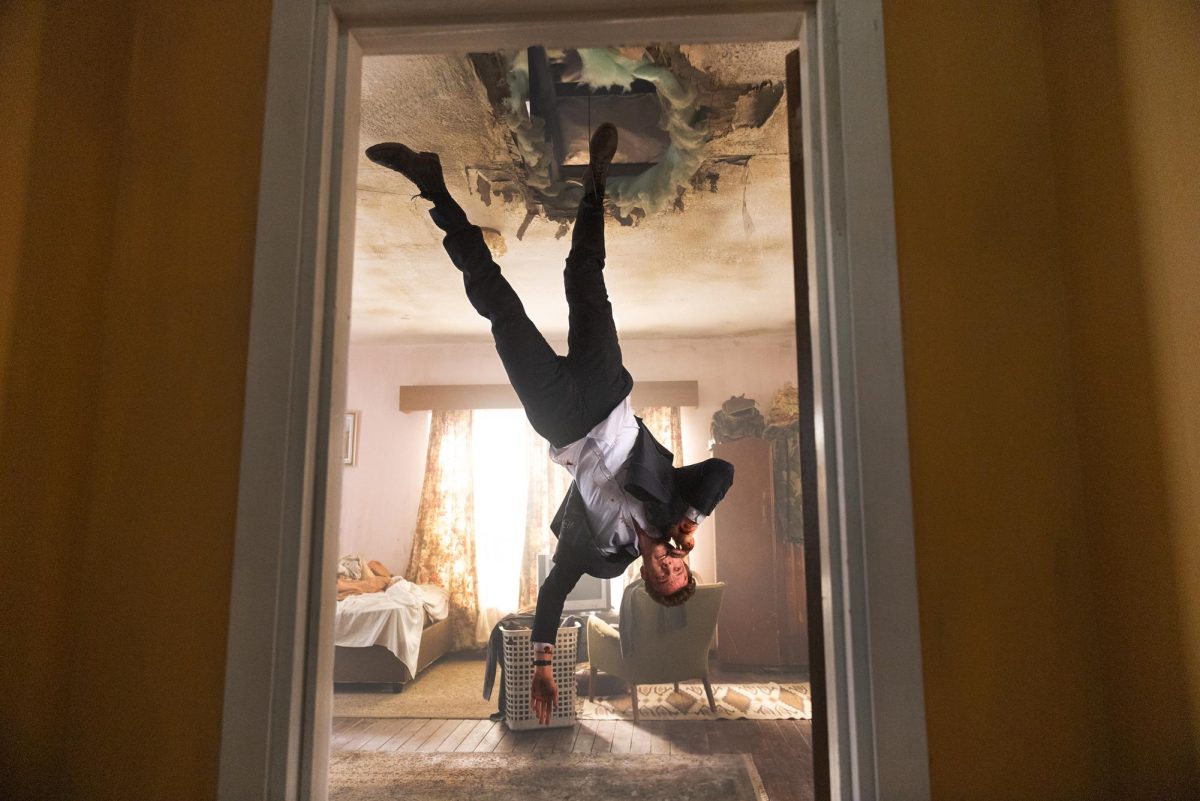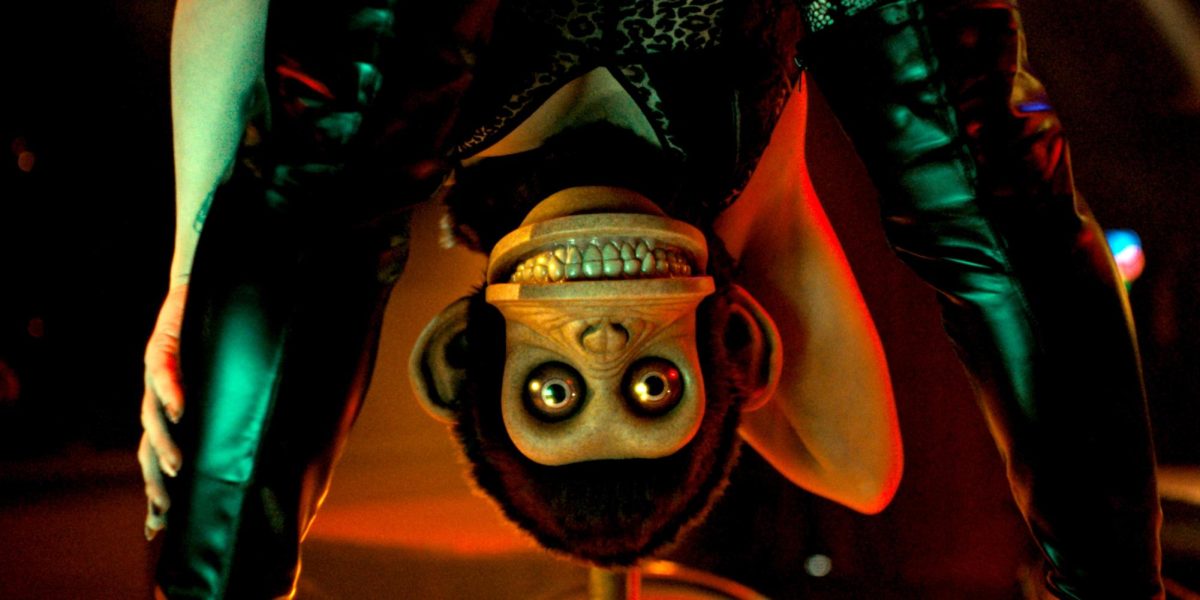The scene is set in a mine located within Nazi-occupied Germany. Inside, thousands of priceless artistic treasures taken from across Europe make up a veritable trove of cultural history. Lt. James Granger (Matt Damon) studies the massive stockpile and ponders how one man, Adolf Hitler, could orchestrate such a massive operation. “He really wanted it all,” Granger says. Lt. Frank Stokes (George Clooney), emerging from the collections, agrees, “He wanted everything.”
“The Monuments Men” is based on a true account of a ragtag team of architects, curators and art historians who are sent behind enemy lines during World War II in order to find and preserve famous artwork stolen by the Nazis. Facing obstacles from the Nazis who want to keep the art, these unconventional soldiers from Allied forces band together to fight not only for statues and paintings, but the very essence of culture itself.
It’s clear that writer and director Clooney wanted to make a memorable film, with an all-star cast, well-shot locations and heartfelt speeches about art with a couple of battles thrown in along the way. However, Clooney makes the mistake of wanting too much in order to make the perfect movie, with the end result being a hodgepodge of hits and misses in all technical and performance aspects.
The film features an interesting A-list ensemble cast that includes Clooney, Damon, Bill Murray, John Goodman, Hugh Bonneville, Bob Balaban and Jean Dujardin as the titular men. They are not all equally developed throughout the story, but all of the actors possess so much natural chemistry with each other that it doesn’t matter in the end. This is shown best by Murray, Balaban, Clooney and relative newcomer Dimitri Leonidas, who holds his own against these veteran actors by playing German translator Sam Epstein.
Each character leaves an impression, though some are not for positive reasons. Cate Blanchett, playing a French art historian, doesn’t fit into her role as well as the others. Her accent is distracting, sounding more English than French, and she seems at times more like a caricature than an actual character. By bravely staring into Nazi gunfire when more realistic characters would at least attempt to duck, her actions don’t indicate any logical or believable direction.
The editing suffers far more in comparison, with some scenes ending too late, too early or cutting away from a crucial moment to inappropriately placed dialogue. For example, during the scene when Balaban is held at gunpoint by a Nazi soldier, the film cuts away to Clooney and Leonidas talking. It feels choppy and awkward at times, but there are some good moments, such as when it cuts from a dying soldier being embraced by Leonidas to Murray crying while listening to a sent recording of his grandchildren singing Christmas songs. These scenes flow together seamlessly, leaving the viewer momentarily stunned as they see both the physical and mental effects of war.
The most striking aspect of this film is its very unconventional look at World War II, painting broad strokes of generic 1940s era nostalgia. As with everything else in this film, some moments work, such as when the soldiers leave an American flag over an art deposit as a “gift” to scavengers. There are also some moments that fall flat, with the most prime example being whimsical and adventurous music playing in the background every time the characters do something slightly interesting. The music gets old very fast, leaving the audience feeling tired and unsurprised even if there is a time when the movie genuinely uses it well.
Despite admirable performances by all the actors involved and a real sense of authenticity, the film fails to hit all points. It’s shmaltzy and overly nostalgic, and there are some major issues with editing and music. But the film has just enough heart and passion behind it that the audience will leave content by the time the credits roll.
















